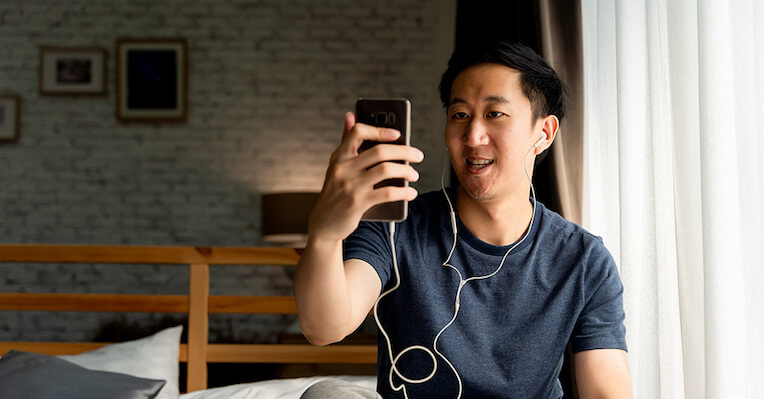With an array of healthcare services available on-demand, telehealth apps help break down barriers to healthcare access. Due to its utmost convenience, patients and providers can have online medical consultations remotely, while engaging with mobile technology like video conferencing and live chats. As healthcare services via telehealth are usually within reach, here are some reasons why telehealth apps boost the levels of patient satisfaction.
1. Patients get quicker access to healthcare services
Anytime a patient receives treatment quickly, the outcome from the procedure tends to be better. In the case of telehealth apps, several functions facilitate this process.
If a patient needs to book an appointment, the location-detection technology will schedule one at nearby clinics, depending on the availability too. And if they don’t feel well enough to leave their home, they can consult a doctor via video or chat. Adding on, they can also book for transport from private ambulance companies to attend medical appointments or seek non-emergency treatments with ease.
Hence, as patients can receive quicker medical attention, it often leads to better medical results.
2. It’s more cost-effective
Engaging in services provided by telehealth apps are cheaper, as compared to visiting private clinics. According to Singapore Medical, in-office consultation with a General Practitioner of up to 20 minutes can cost up to $55.
Meanwhile, basic consultations via telehealth apps cost an average of $20, sometimes with time limits in place. So, it’s slightly lighter on the pockets. Furthermore, patients can easily make payment through these apps rather than wait in line after finishing their medical check-up.
3. Patients receive direct care and attention
By establishing healthcare apps as a more effective channel for communication, telehealth can help foster a better relationship between patients and physicians. Especially when a patient is feeling very sick, getting immediate attention by seeing an online doctor from the comfort of their own home can make a world of difference. It would also make the customer feel like they are of a top priority since it ameliorates the patient’s waiting room experience.
Moreover, it eases the process of patients who are from areas that are located further away from where they can receive medical care. Through this technology, this helps them to greatly access professional assistance. For patients that require frequent follow-up monitoring, it would also benefit them significantly since physicians can monitor their condition via the smartphone.
And with COVID-19, this is a much safer option for patients who are more vulnerable to getting infected. While telehealth apps enable them to consult with a doctor, it also keeps them safe from reducing their exposure to the virus.
4. Physicians can attend to more patients
Booking an appointment based on a patient’s preferred date and time is highly dependent on the availability of treatment rooms. In brick-and-mortar medical centres, there are only so many rooms catering to different aspects of healthcare, which results in a limited number of appointment slots available. On the other hand, telehealth apps reduce such constraints, allowing physicians to attend to more patients through the digital screen.
As we live in a period of uncertainty, Singapore saw a rise in the engagement of telehealth apps. With that said, it is no surprise seeing as COVID-19 symptoms can be quite common as the flu, such as fever and scratchy throat. The ability to seek a physician’s help without leaving their home can soothe their worries. It also shows how telehealth apps can accommodate a more significant number of patients.
Conclusion
A user-friendly and improved delivery system can improve a patient’s experience, which, in turn, boosts their satisfaction level as well. For those who are interested in getting connected to a library of healthcare services, check out our MyCLNQ mobile app. It enables users to consult a virtual doctor without the need to leave their homes, along other value services such as identifying the nearest and earliest available clinic, making digital appointments and booking private ambulance services.


